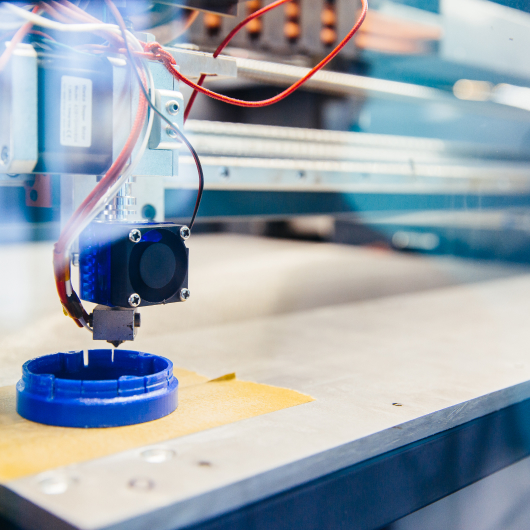What is Additive Manufacturing? Additive Manufacturing, often known as 3D Printing, is a process of creating three-dimensional objects by adding material layer by layer. Unlike traditional manufacturing methods that involve cutting or subtracting material, additive manufacturing builds objects from the ground up, based on a digital model.
How does Additive Manufacturing benefit Indian businesses? Additive Manufacturing offers numerous benefits to Indian businesses, including rapid prototyping, reduced lead times, cost-effective production, and the ability to create complex geometries that are difficult or impossible with traditional methods. This technology is particularly advantageous for industries like aerospace, automotive, healthcare, and consumer goods in India.
What industries in India are leveraging Additive Manufacturing? In India, industries such as aerospace, automotive, healthcare, defense, and consumer electronics are increasingly adopting Additive Manufacturing. These industries benefit from the technology’s ability to produce lightweight components, reduce material waste, and speed up the product development cycle.
Can Additive Manufacturing be used for mass production? Yes, Additive Manufacturing is increasingly being used for mass production, especially for complex, customized, or small-batch products. While traditional manufacturing methods remain more cost-effective for large-scale production, Additive Manufacturing excels in producing highly customized or intricate parts that would be expensive or impossible to produce using conventional techniques.
How cost-effective is Additive Manufacturing for Indian companies? Additive Manufacturing can be highly cost-effective, especially for low-volume production, prototyping, and custom parts. It reduces the need for expensive tooling and molds, minimizes material waste, and allows for faster iteration during the design phase. However, the cost-effectiveness depends on the specific application and production volume.
What materials can be used in Additive Manufacturing? A wide range of materials can be used in Additive Manufacturing, including various plastics, metals (such as titanium, stainless steel, and aluminum), ceramics, and composites. The choice of material depends on the specific application, desired properties of the final product, and the type of additive manufacturing technology being used.
What are the challenges of adopting Additive Manufacturing in India? While Additive Manufacturing offers many advantages, challenges include the high initial investment, a need for skilled labor, and limited awareness or understanding of the technology in some industries. Additionally, ensuring the quality and consistency of 3D-printed parts can be challenging, especially for critical applications.




